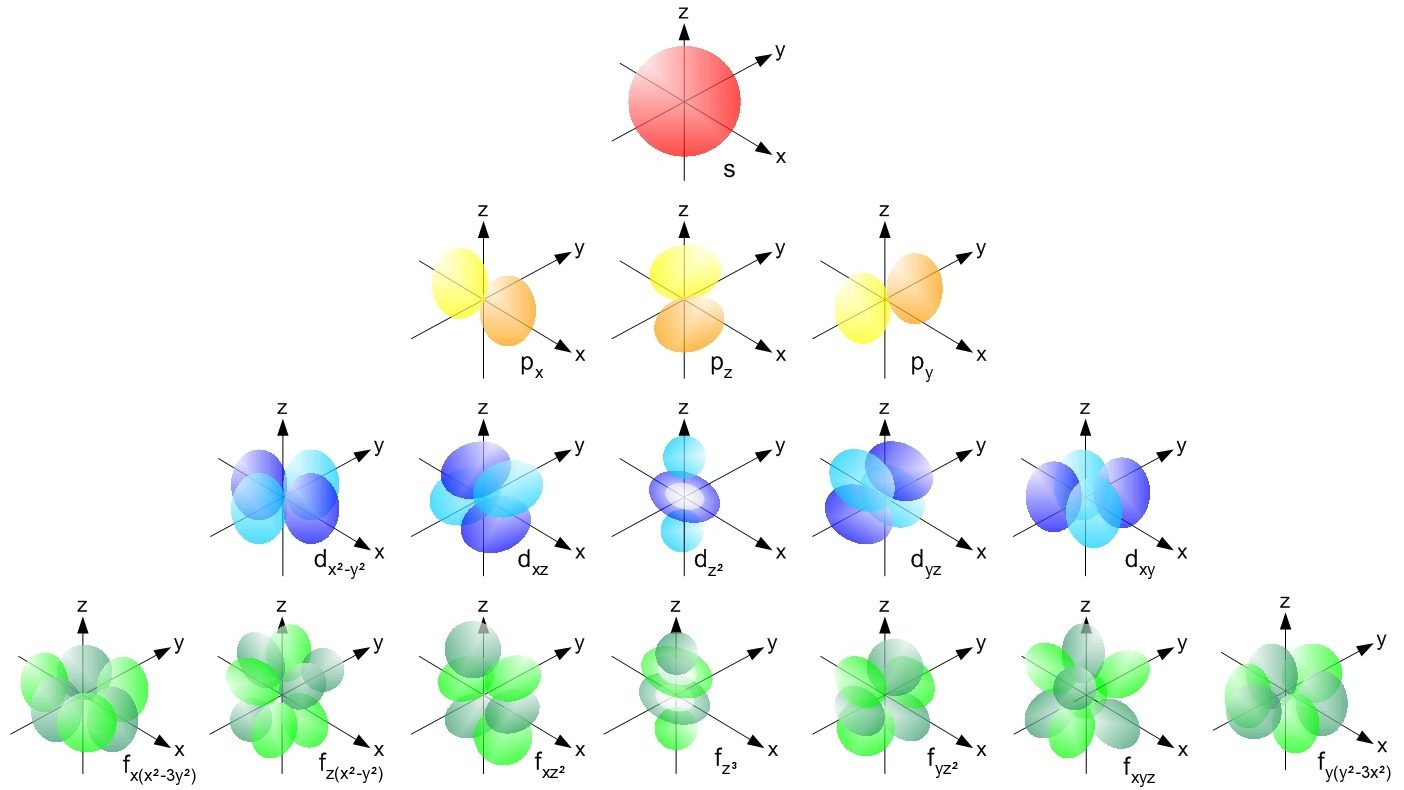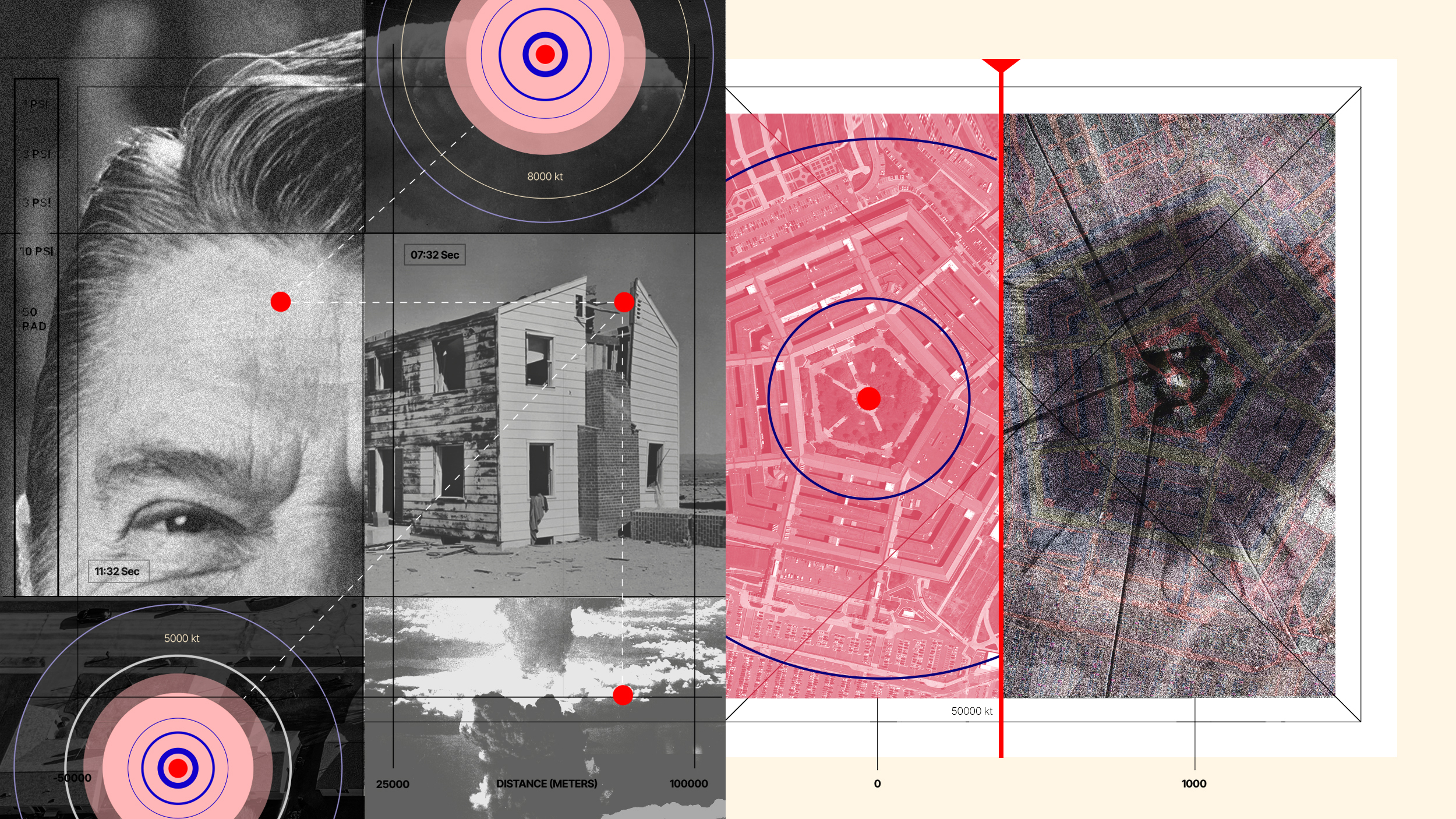Back from the verge of extinction.
Topic: Dr. Spencer Wells on the Genographic Project's First Results
Spencer Wells: Probably the coolest thing to come out of the genetic results is how small the human population probably was. If you go back to around 70 to 80,000 years ago, we were very nearly extinct, probably the total number of people living in the world at that time and again we were still all living in Africa could have fit into a small symphony hall, around 2000 people, maybe even less and so we nearly went extinct and this was probably due to climate shifts that were occurring around that time. We were in the midst of the last ice age, things really started to get bad between 70 and 80,000 years ago. There was a massive volcanic eruption in Sumatra that is Mt. Toba that erupted around 74,000 years ago. The combination of these factors probably drove the human population very close to extinction and we came back from that and we figured out a way to survive these horrible climatic conditions and that probably primed the pump if you will to allow us to go out and explore the rest of the world and actually make proper forays into the part of Asia, off into Europe, South East Asia, Australia and ultimately into the Americas between 15 and 20,000 years ago. So the evidence is that we started to leave between 50 and 60,000 years ago following a coastal route along the south coast of Asia, beach combing our way along, living on, you know, marine resources, shellfish, probably doing a little bit of fish trapping. We rapidly made it down to South East Asia to Australia by around 50,000 years ago when humans show up in the fossil record there. There was a later migration between 45 and 50,000 years ago according to our data that came via an inland route, cross the Sahara at a point when the Sahara was actually a very nice place to live. Every 20,000 years or so due to fluctuations, the way the earth precesses in its orbit, the way it rotates and this causes shifts in the way the monsoon rains fall in Africa. Every 20,000 years or so the Sahara’s actually a pretty nice place and it was an extension of the grasslands of East Africa around 50,000 years ago and this allowed people to slowly move up into northern Africa, out into the middle east and that led them on their way to the rest of the world. So it’s really kind of these grand sweeping Paleolithic migratory routes that we’re following but also very specific details, I mean all the way up to the present day nearly, historical events. We published a paper about a month ago in the American Journal of Human Genetics showing that the Christian population of Lebanon is carrying genetic markers that tie them to the crusaders from Western Europe who came over only about 800, 900 years ago and so these are events that we knew about from the historical record, hadn’t seen a genetic trail, prior to this because we didn’t have enough samples but now we’re seeing it, you know, as we increase the sample size; everything from the very earliest days of our species up to very recent events.
Question: How do people react to your story?
Spencer Wells: Yeah, you know, as I tell the story, it is interesting to see people’s reactions, particularly the idea that we’re all still living in a small African family, 60,000 years ago, that’s only 2000 human generations. I mean that’s a very close degree of relationship or degree of separation among everybody alive today. The idea that we’re all cousins, separated by no more than 2000 generations and you see this light go on in people’s heads and they sometimes gasp and go “Wow, that’s amazing” I mean I think inherently most human beings looking around at this incredible dizzying barouche diversity that humans exhibit all over the world, the languages and the skin colors and hair types and morphologies, you know, I think the knee jerk reaction would be “God we must have been diverging for millions of years” and that’s what physical anthropologists thought until quite recently and so the genetic results really kind of tossed that out and they say “No, all of that is literally just skin deep” and when people really take that on board and they realize that underneath the skin we’re all effectively members of this small African family, I think it sometimes boggles their mind and that’s, you know, that’s one of the great things that I get to do as a scientist is to go out and tell the story to people and, you know, obviously the details of how we made the migratory journeys and all these other things, that’s really cool stuff but this underlying theme of similarity, near identity, you know, battling adversity, coming back from a near extinction event as a family that’s the take home message and that’s the thing that really gets people excited and really kinda blows their minds and it’s amazing to see it happen.
Recorded on: Mar 15 2008





